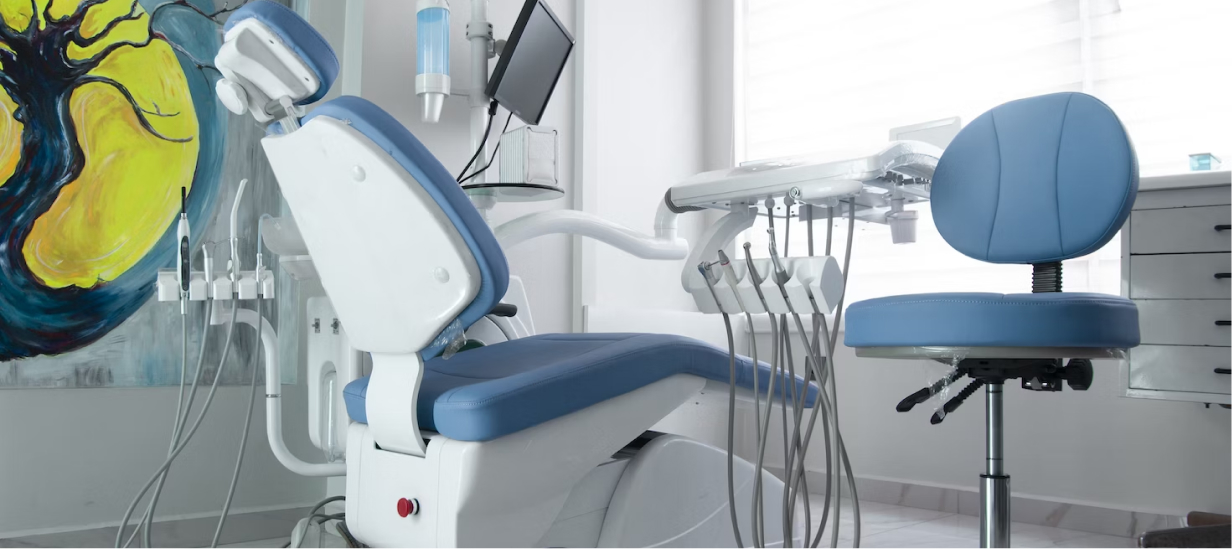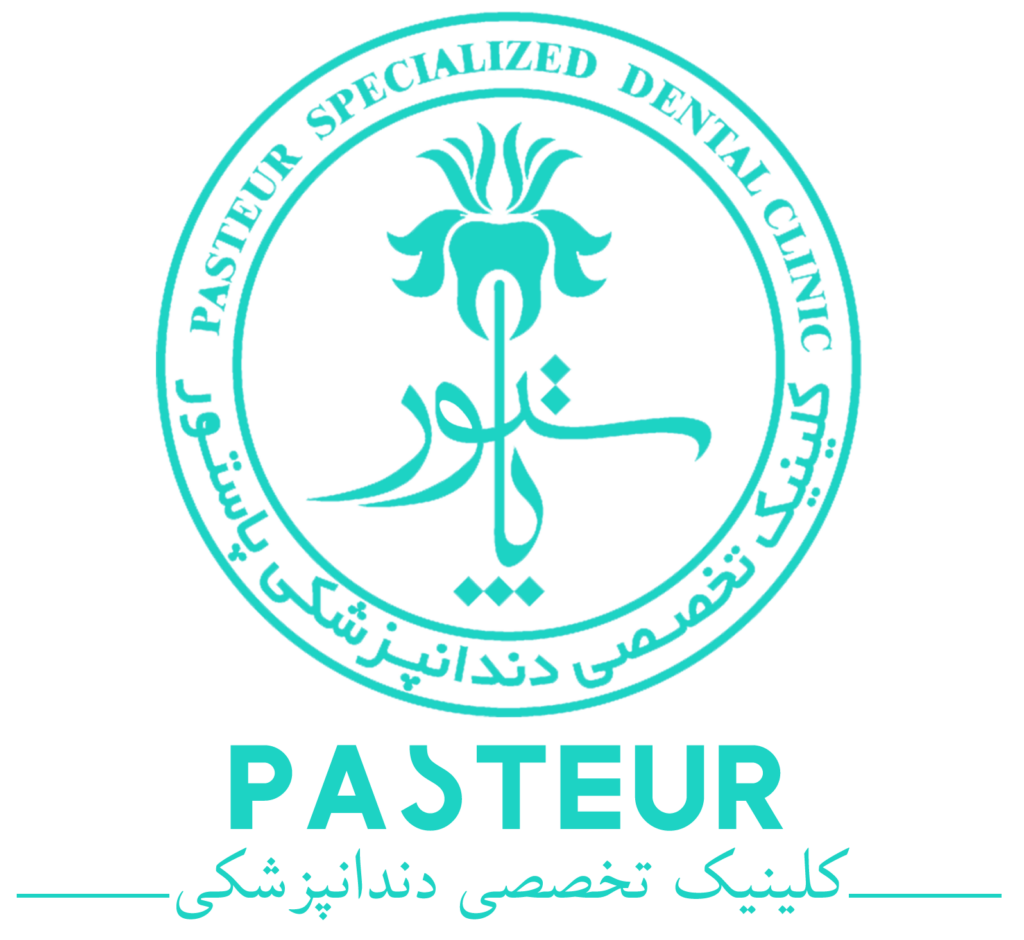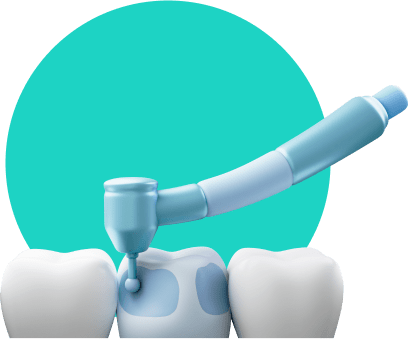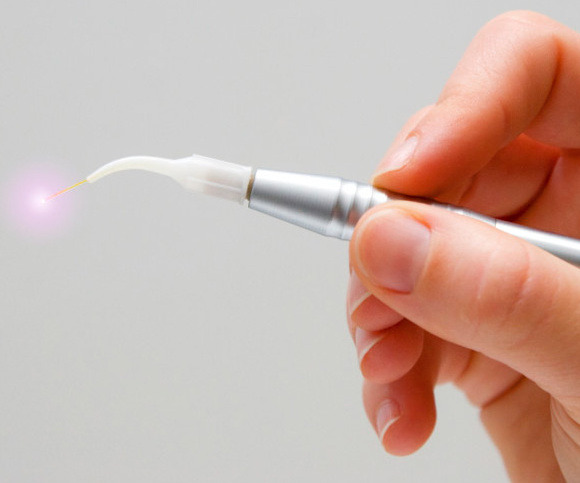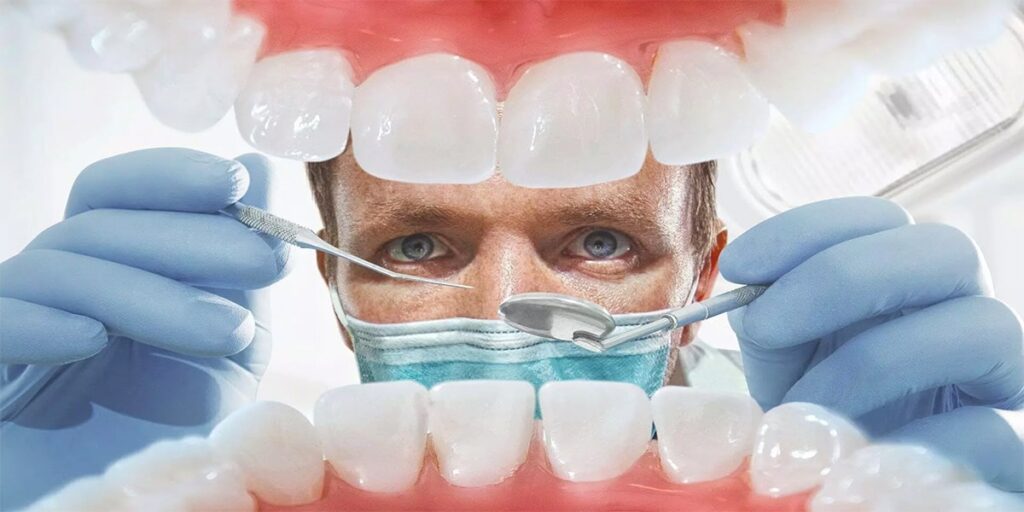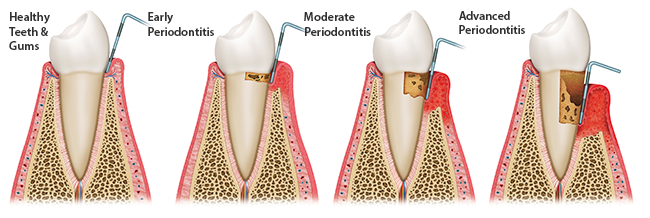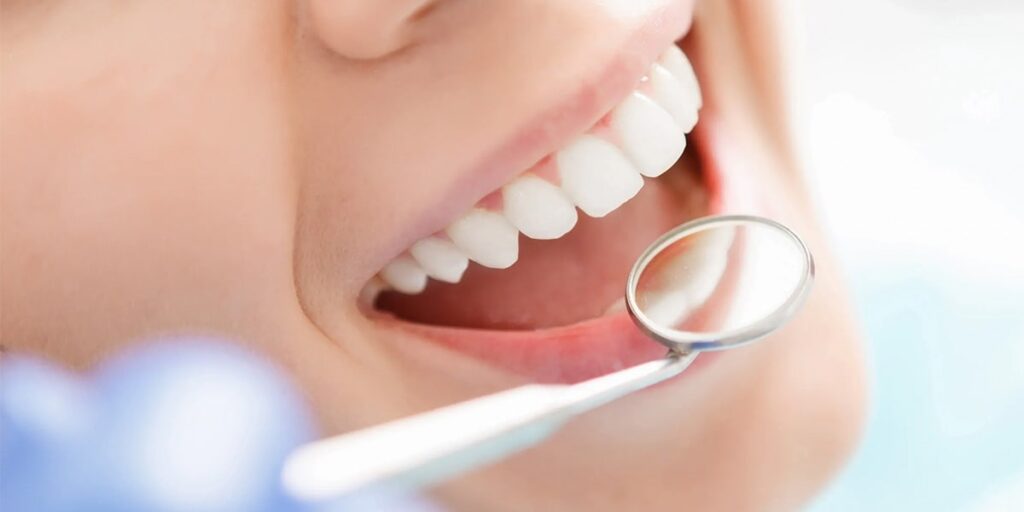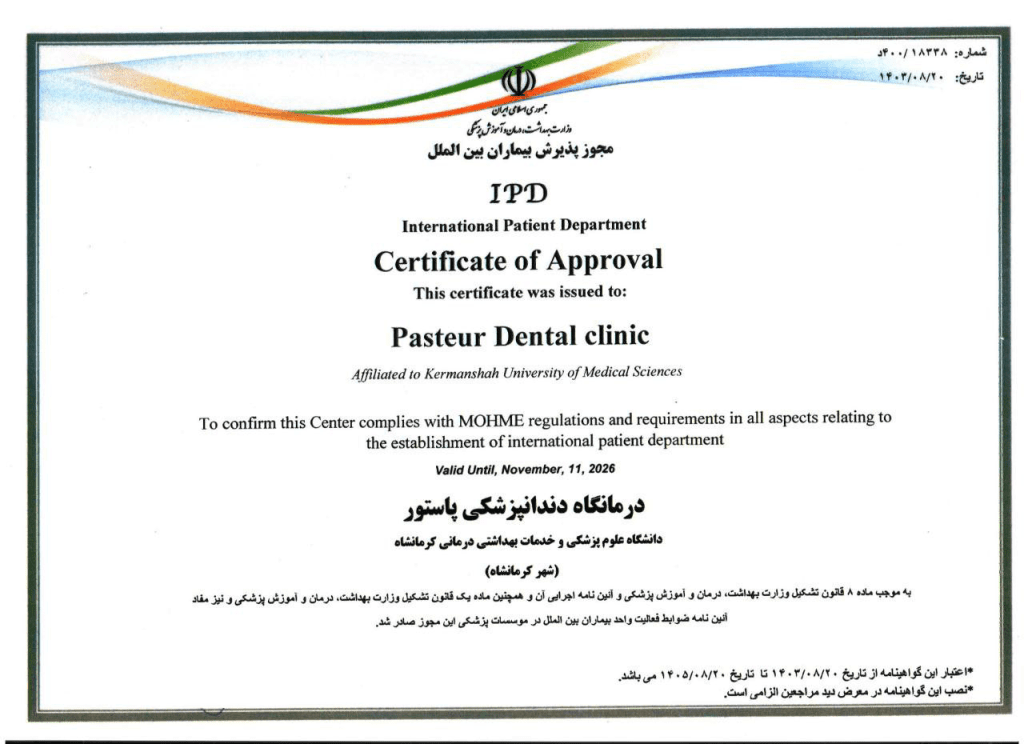The Difference Between Biomimetic Dentistry and Traditional Dentistry
With the emergence of new materials in dentistry and a deeper understanding of dental tissue through electron microscopy in recent years, restorative dentistry has undergone a significant transformation. Utilizing mechanisms that allow restorative materials to achieve a stronger bond with the tooth, a branch of restorative science known as biomimetics has gradually emerged. This field began to grow and flourish like a small sapling after the 1980s. In biomimetics, the application of enhanced adhesive principles has significantly increased the bonding strength of restorative materials to teeth by several times. These methods and materials have reduced the need for mechanical tooth preparation when restoring and filling dental damage. The use of biomimetic methods for reconstructing damaged tooth structures has resulted in an 80% reduction in the need for root canal treatment and a 100% reduction in the need for 360-degree tooth preparation around the crown for fabricating crowns for posterior teeth, as well as a 50% reduction in the need for crown lengthening surgery (gum lift or CL).
What Are the Advantages of Biomimetic Dentistry?
Biomimetic dentists share a common goal of preserving their patients' teeth in a natural state. They practice conservative dentistry by employing several biomimetic techniques, including the minimal removal of healthy dental tissue during the treatment of cavities and infections.
The biomimetic dentistry approach essentially involves the restoration of teeth using materials that have a strength similar to that of natural dental structures. We will now examine the advantages of biomimetic dentistry.
- Greater Preservation of Dental Pulp
Traditional dentistry typically performs root canals on teeth that are near the nerve, whereas the biomimetic approach aims to preserve many teeth that do not require root canal treatment in order to prevent the need for such procedures.
Biomimetic dentistry, first and foremost, focuses on preserving natural pulp rather than removing it, as is common in traditional dentistry. Through the biomimetic approach, patients can actually avoid the need for root canals, as more of the natural tooth structure is restored and preserved.
- Elimination of Pathology
Traditional dentistry follows a 'Drill and Fill' approach. Whenever a traditional dentist identifies dental decay, they are trained to remove a significant amount of natural tooth structure, including some healthy tissue, in order to fill the cavity.
The materials used for cavity restoration also differ. Traditional dentists have historically used amalgam for filling cavities, whereas biomimetic dentistry utilizes dental composites for the filling and restoration of teeth.
